福鼎南昌景德镇萍乡九江金属热处理废气处理设备
- 2024-07-03
- 75
- 常州天之尚环保科技有限公司
常州天之尚环保设备有限公司主营:湿式电除尘器、湿电除尘器、福鼎金属热处理废气处理设备,南昌金属热处理废气处理设备,景德镇金属热处理废气处理设备,萍乡金属热处理废气处理设备,九江金属热处理废气处理设备。
金属热处理过程中的废气主要来源有以下几个方面:
1. 加热过程
- 燃料燃烧:若采用燃料(如煤气、天然气、燃油等)加热,燃烧产生的废气包含一氧化碳(CO)、二氧化碳(CO₂)、氮氧化物(NOₓ)、二氧化硫(SO₂)以及烟尘等。
- 电阻加热:一般无燃烧废气产生,但在高温下,被处理金属表面的油脂、润滑剂等可能会挥发分解产生有机废气。
2. 淬火冷却过程
- 油淬火:会产生油烟废气,其中包含碳氢化合物、苯系物等有机污染物。
- 水淬火:可能会产生水蒸气和少量的氧化氮等废气。
3. 化学热处理过程
- 渗碳、渗氮:会产生氨气(NH₃)、氰化氢(HCN)等废气。
4. 表面涂层处理过程
- 如电镀、化学镀等,会产生酸雾(如盐酸雾、硫酸雾等)、碱雾以及含重金属的废气。
5. 清洗过程
- 使用有机溶剂清洗时,会挥发产生有机废气。
The main sources of exhaust gas during metal heat treatment are as follows:
1. Heating process
-Fuel combustion: If fuel (such as coal gas, natural gas, fuel oil, etc.) is used for heating, the exhaust gas produced by combustion includes carbon monoxide (CO), carbon dioxide (CO ₂), nitrogen oxides (NO ₂), sulfur dioxide (SO ₂), and smoke and dust.
-Resistance heating: Generally, there is no combustion waste gas generated, but at high temperatures, the oil, lubricants, etc. on the treated metal surface may evaporate and decompose to produce organic waste gas.
2. Quenching and cooling process
-Oil quenching: It produces oil fumes and exhaust gases, which contain organic pollutants such as hydrocarbons and benzene series.
-Water quenching: may produce water vapor and a small amount of exhaust gas such as nitrogen oxide.
3. Chemical heat treatment process
-Carburization and nitriding: will produce waste gases such as ammonia (NH æ) and hydrogen cyanide (HCN).
4. Surface coating treatment process
-Such as electroplating, chemical plating, etc., can produce acid mist (such as salt acid mist, sulfuric acid mist, etc.), alkali mist, and waste gas containing heavy metals.
5. Cleaning process
-When using organic solvents for cleaning, it will evaporate and produce organic waste gas
工业废气处理设备建议这些废气若不经处理直接排放,会对环境和人体健康造成严重危害。



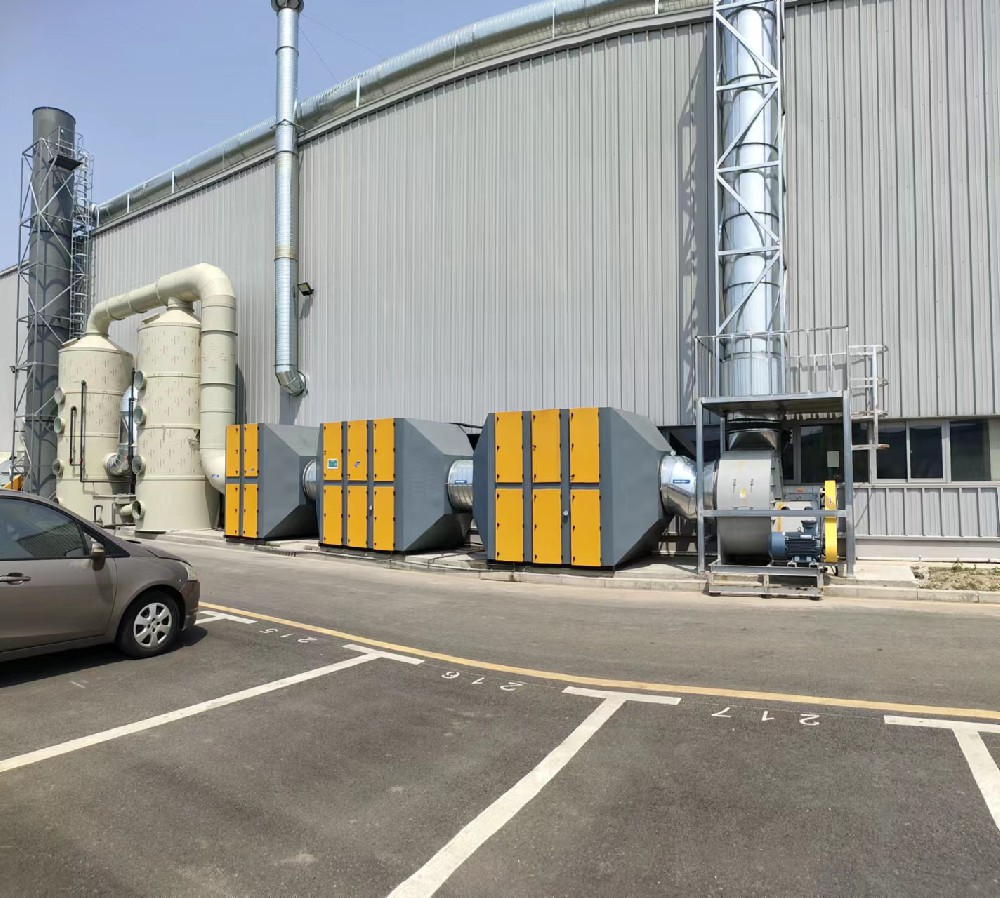
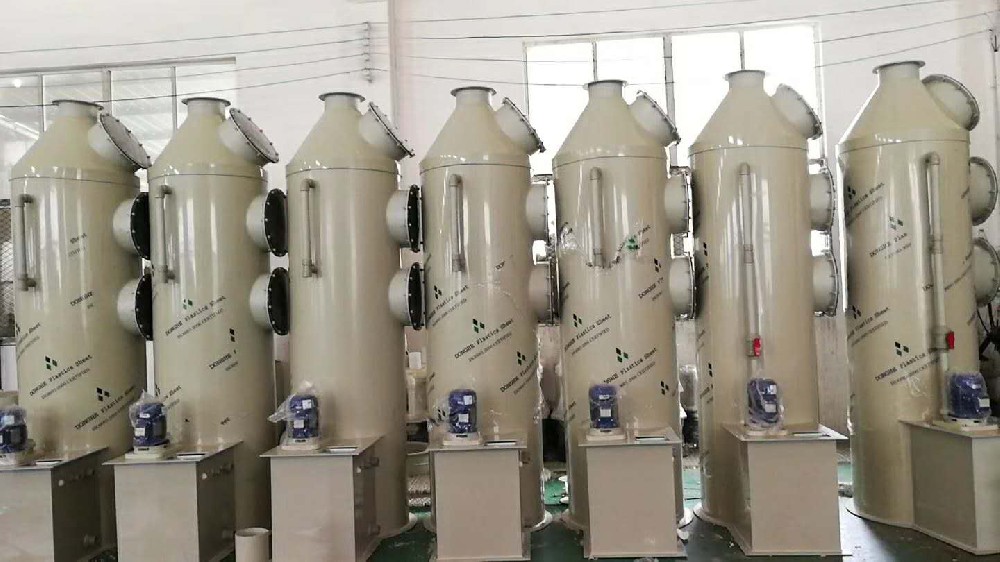
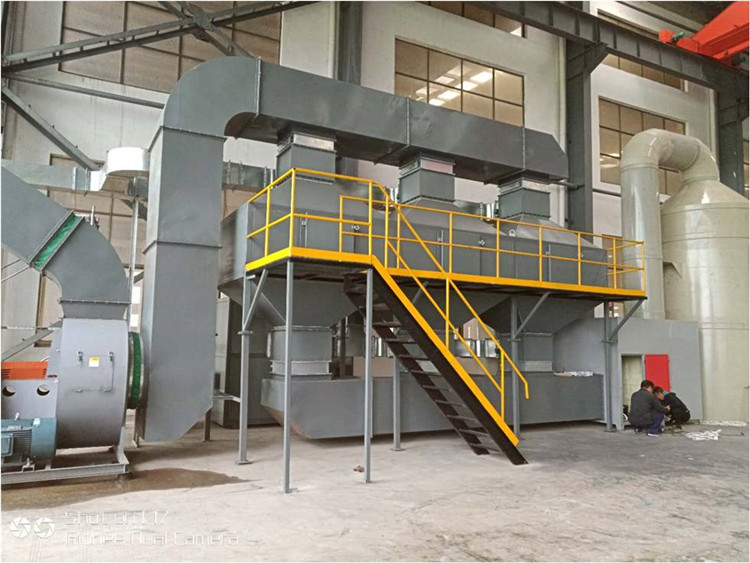
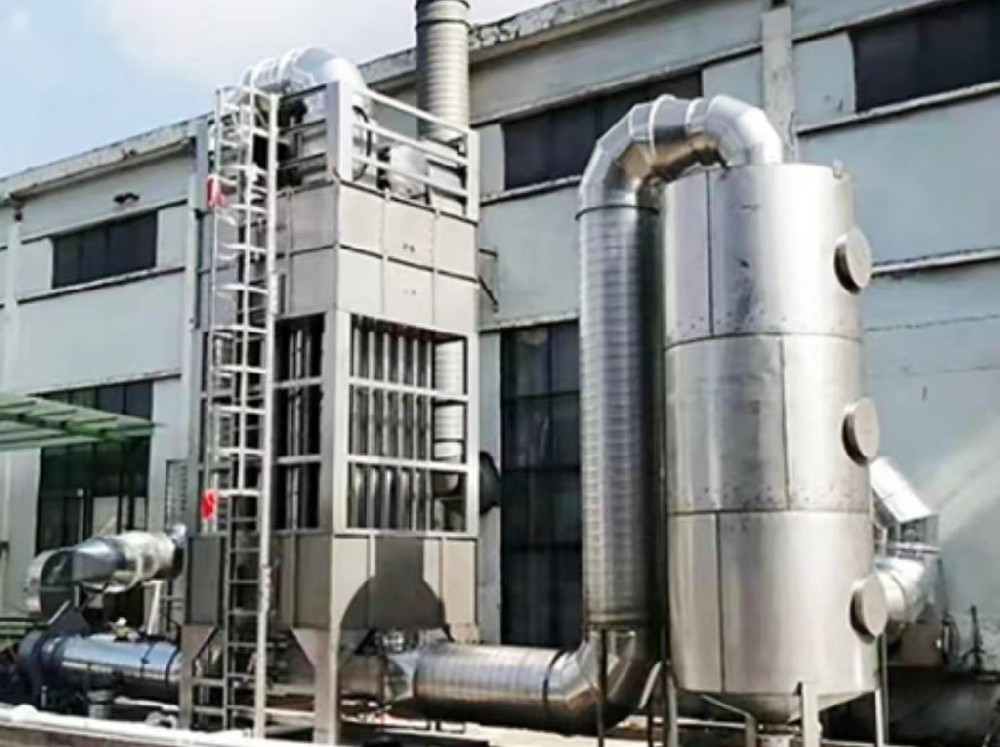
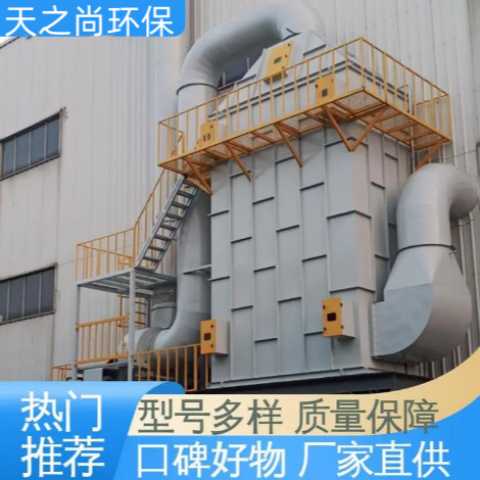
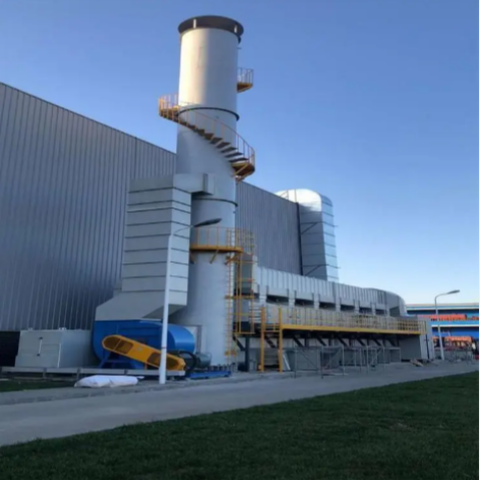
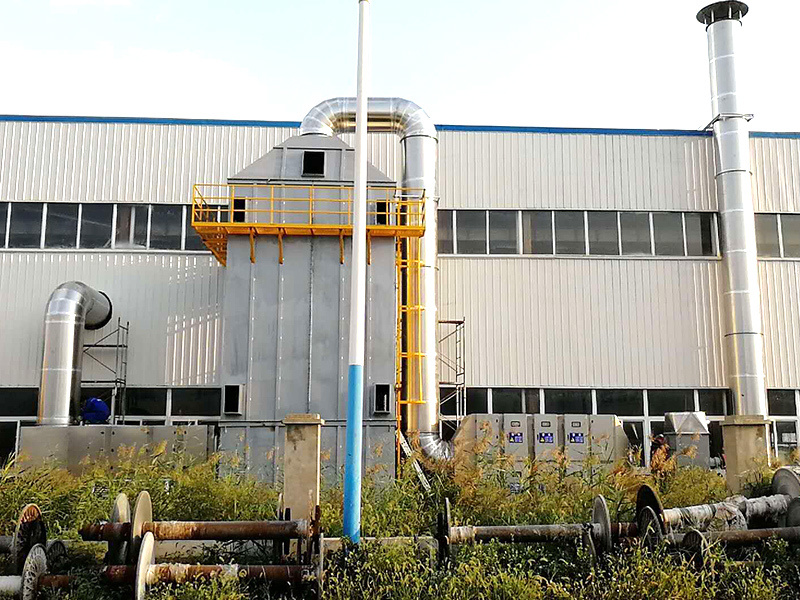
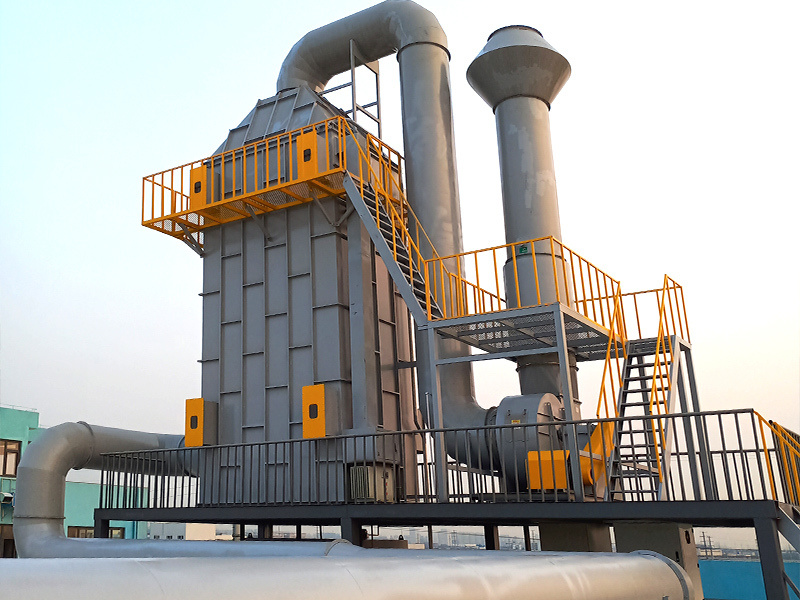
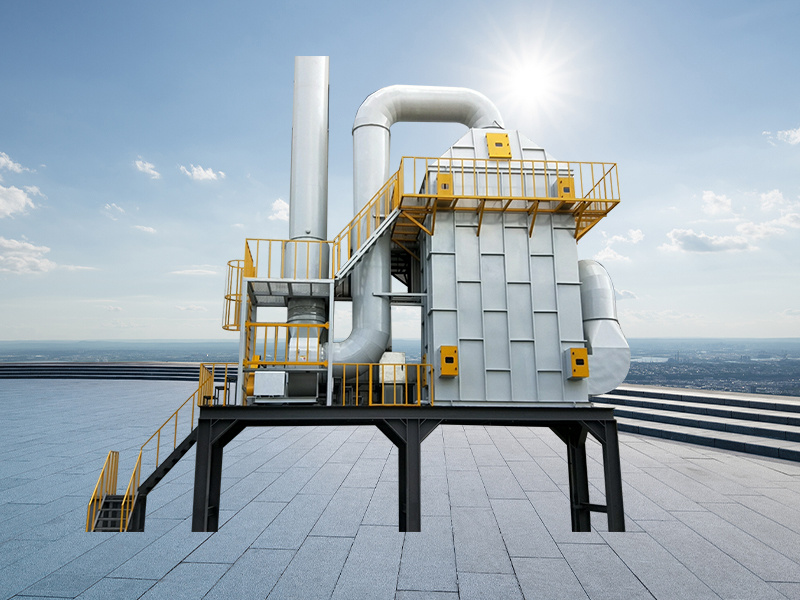
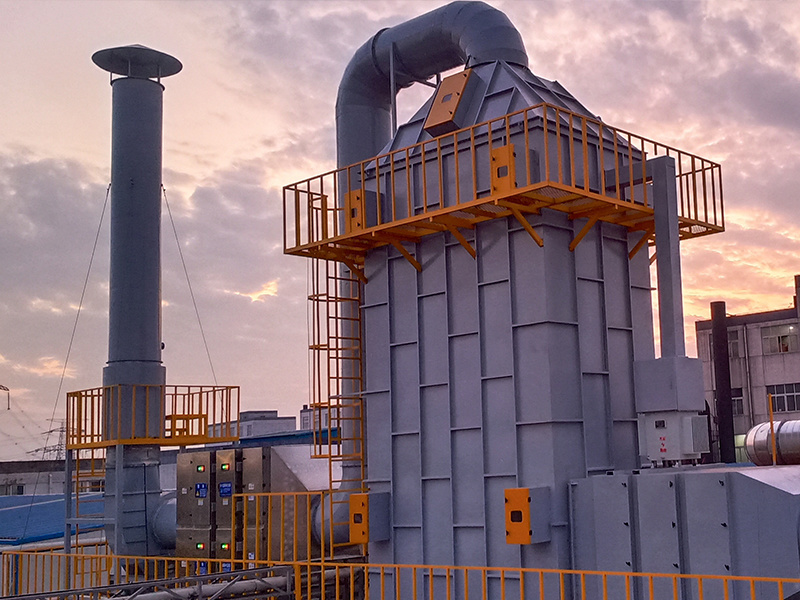

 网站首页
网站首页 产品中心
产品中心 新闻资讯
新闻资讯 一键拨打
一键拨打